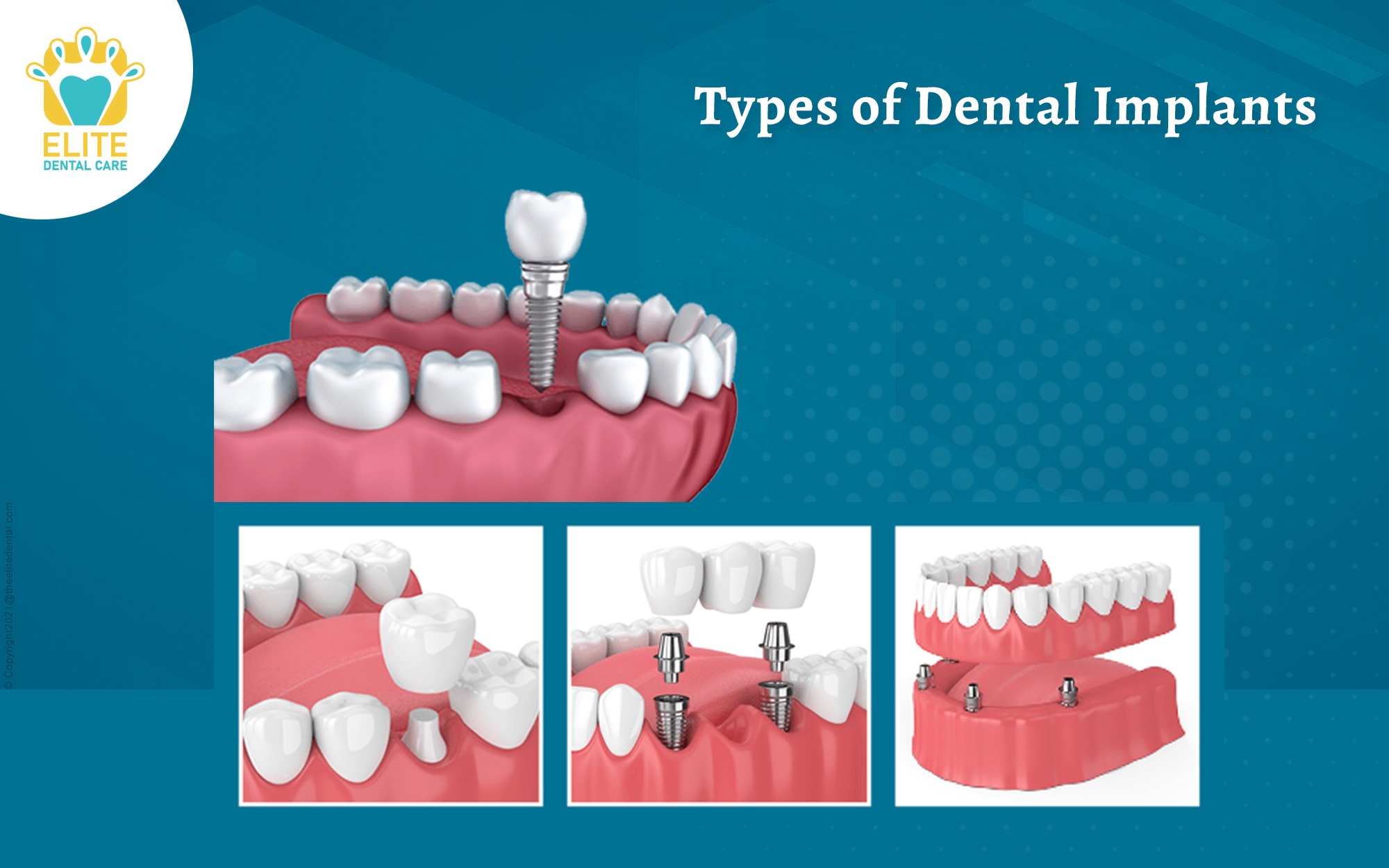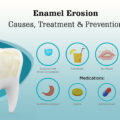
dental caredenturesoral healthRoot Canal TreatmentTeeth Whitening
edental
3 March 2022
Types of Dental Implants
After opting to replace the lost teeth, there are several different kinds of dental implants to choose from. Every dental implant patient has unique demands, and the dental implants that are performed are primarily determined by those needs.
To choose which kind of dental implant is best for you, you must first understand the many types of dental implants.
Dental implants are available in a variety of sizes, heights, and kinds. Depending on your specific demands, your dental implant specialist can assist you in determining which choice is ideal for you.
People who have lost their teeth are sometimes too self-conscious to smile or speak properly. When food is hard to chew, they may acquire unhealthy eating habits, which can contribute to additional health concerns. Dental implants allow people a full-mouth repair solution for lost teeth. Dental implants aren’t just dentures; they should operate as artificial roots to promote full function and cure or stop jawbone loss.
These types of dental implants, by replacing missing tooth roots, give individuals the strength and confidence they need to consume all of their favorite meals without having to chew. Furthermore, these types strengthen and preserve jawbone, avoiding bone loss and supporting face characteristics.
Dental Implant Types
Dental implants are classified into two types: endosteal implants and subperiosteal implants. Some implants can be installed in a single surgery. Others, on the other hand, may require numerous processes to be completed.
The following is an in-depth discussion of the many types of dental implants.
Subperiosteal implants
A subperiosteal implant is attached to the jawbone instead of bonded to it, as is the situation with endosteal implants. As the anchor of the dental implant is visible, a subperiosteal implant is most strongly aligned with single stage implants. This eliminates the need for a second procedure to connect the prosthetic tooth.
Subperiosteal implants are most commonly used on people with shallow jawbones who are unable to sustain an implant. Subperiosteal dental implants are often less intrusive and entail significantly lower risk than endosteal implants. This makes them ideal for people who do not want to endure a more intrusive surgical treatment.
Endosteal implants
Endosteal implants are bonded into the jawbone, while subperiosteal implants are merely affixed to the jawbone. As a result, an endosteal implant is frequently significantly more stable and lasts far longer than a subperiosteal implant. However, the process may be more intrusive.
Endosteal implants often need a two-stage implant process. The initial step is to connect the implant, which is a screw-like device, into the jawbone. After the implant has properly bonded with the jawbone, further treatment is required to uncover the abutment and install the prosthetic tooth. Endosteal implants normally necessitates that the patient be in generally excellent health.
One-stage implants
A single-stage implant is a dental implant treatment that involves only one surgical procedure. A one-stage implant often includes the placement of a lengthier implant, and it is more commonly associated with subperiosteal implants than endosteal implants.
The base of the implant is left visible in a one-stage implant. This implies that the abutment and prosthetic tooth can be put without the requirement for a second procedure to reveal the implant beneath the gums.
Two-stage implants
A two-stage implant, which is frequently required with endosteal implants, necessitates two distinct surgical procedures to finish the treatment.
The initial procedure is required to bond the implant into the jawbone. Following the completion of the healing phase, the second stage is conducted to disclose the end of the implant and connect the abutment and prosthetic tooth.
Many people find it difficult to choose between the several types of dental implants. If you’re thinking about getting dental implants, call your dentist and they can set up a time for you to come in and learn more about the many options.
Zygomatic Implants
Zygomatic implants are the least frequent form of dental implant that you may have. It is the most difficult treatment and should be performed only if you do not have enough jawbone for the Endosteal implant.
Instead of the jawbone, the implant is inserted in the patient’s cheekbone.
Now that you’ve learned about the different forms of implants, you might be interested in learning about implant procedures.
Other Techniques
If issues emerge and your jaw is unable to sustain implants, and a Zygomatic implant is completely out of the question, your dentist may advise other options.
Bone Augmentation
If the bone in your jaw is too weak to support implants, your dentist will rebuild it. Bone supplements can be used to strengthen the bone.
Sinus Lift
This technique includes inserting bone just under the sinus if the bone there has weakened owing to lost upper back teeth.
Ridge Expansion
It’s likely that your jaw isn’t broad enough to accommodate implants. In this scenario, your dentist may be able to insert material to fill a gap developed along the top of your jaw.
Any of these three methods can be used to clear the way for implants; but, if your dentist thinks they are a terrible choice, not everything is lost. Your dentist may also recommend a few other procedures.
Dental Implants with Immediate Load
This sort of dental implant is similar to installing a spare tyre on your automobile, except with teeth instead of tyres. It enables the insertion of a temporary tooth on the same day as your implant.
If you have adequate bone and an implant that is stable enough to sustain the placement and pressure of the artificial tooth, this may be a possibility for you.
Mini Dental Implants
These are incredibly narrow implants the size of a toothpick. Their principal function is to hold a lower denture in place.
They are less inventive than the others, yet they are still a viable alternative for you to consider.
Discover Your Ideal Smile
It should not be difficult to find your ideal smile. There are numerous types of dental implants available for you to choose from. Your dentist will consult with you to identify the best match for you.




